*
Hotel Reviews
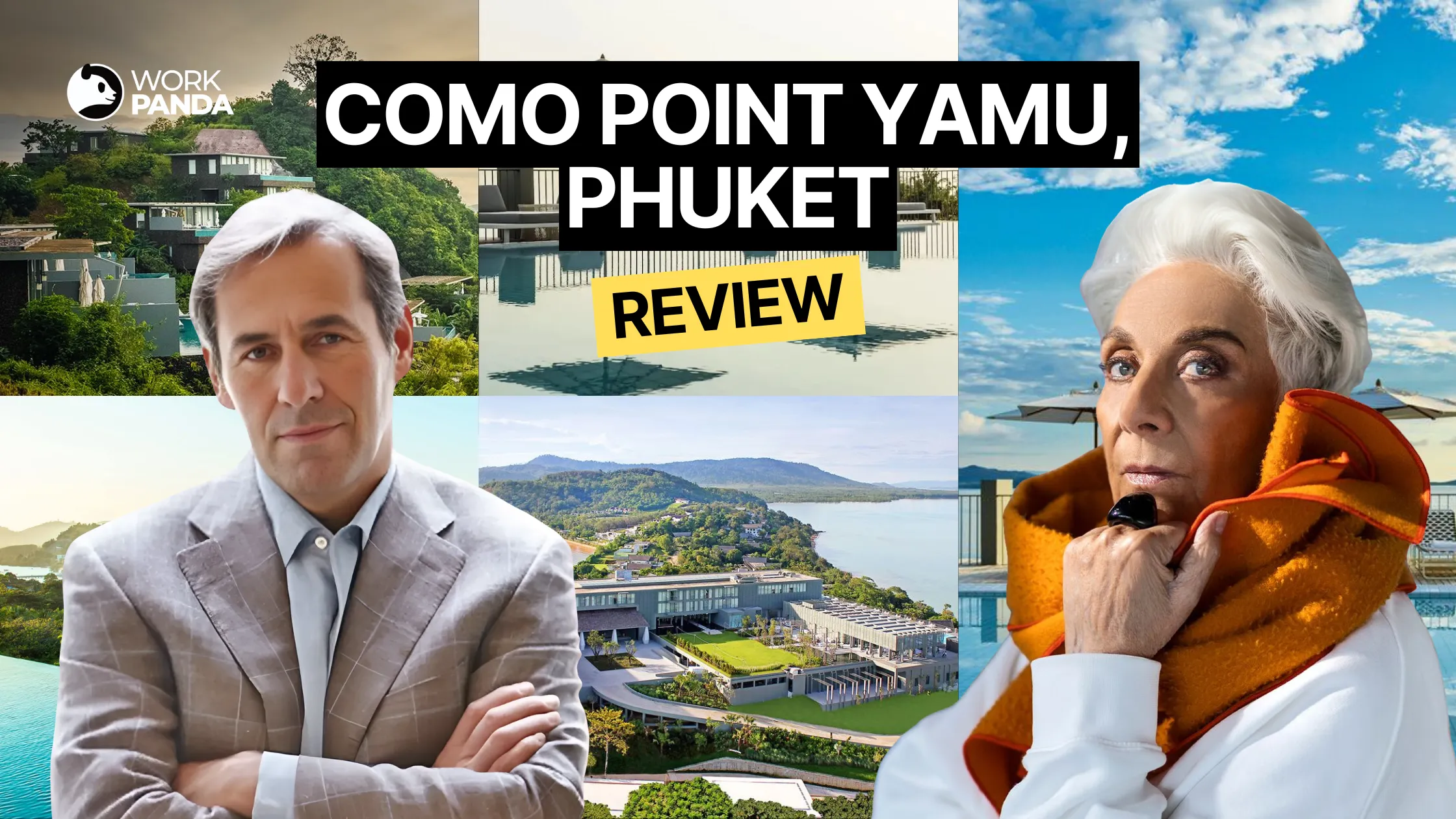
I arrived at COMO Point Yamu after my third hotel stay on the island, following Bill Bensley’s industrial-jungle playground at The Slate and the much-acclaimed five-star Anantara Villas at Mai Khao.
What I wanted now was stillness. And what I found was more than that, a hotel that feels like an artwork of air and water, where every decision, from the curve of a chair to the shade of turquoise on a ceramic tile, is deliberate.
Unlike most of the major resorts clustered on Phuket’s west coast, COMO stands apart on the quieter east, just a 25–30-minute drive from Phuket International Airport, giving it a distinctive sense of place and calm.
COMO Hotels and Resorts has carved out a very distinct space in luxury hospitality. Founded in 1991 by Christina Ong, the brand has grown to around 18 properties worldwide, from city sanctuaries like COMO Metropolitan in London and Singapore, to island escapes in the Maldives such as Cocoa Island and Maalifushi, and heritage estates like Castello Del Nero in Tuscany. While their scale is boutique compared to global giants, it has always punched above its weight through design and philosophy.
What sets COMO apart is its approach to collaboration. Unlike brands that impose a single style, COMO curates designers who bring their own vision, yet always align with the brand’s ethos of wellness and understated luxury.
Paola Navone’s debut at COMO Point Yamu introduced a restrained Mediterranean-Thai vocabulary of light and texture; Koichiro Ikebuchi shaped COMO Maalifushi into a sanctuary of Japanese minimalism, while other properties have been reimagined with the same level of design intent.
This puts COMO in interesting contrast with studios like Denniston (Jean-Michel Gathy), who design for spectacle, or Bill Bensley, who thrives on theatrical storytelling. COMO chooses the opposite path: design that whispers, allowing air, water, and light to take centre stage.
There are so many great properties across Asia and I won’t pretend I’ve seen them all, but with each trip my experience just keeps growing, and this one is no exception. My agency (Liv&Travel) has always recommended Banyan Tree, Aman, and Soneva Kiri, but honestly, they’re way above my budget right now. Plus, I don’t exactly want to be the odd one out surrounded by honeymooners!
This was Paola Navone’s (Interior designer) first hotel project, and COMO Point Yamu feels like stepping into her imagination. Known for her eclectic Milanese style, she took a surprisingly restrained approach here, blending Thai heritage with Mediterranean clarity. Instead of the usual Southeast Asian clichés of heavy silks and carved teak, she created a fresh vocabulary: whitewashed walls, turquoise ceramics, woven rattan, and oversized sculptural forms that feel both artful and lived in.
Point Yamu marked the start of her ongoing work with COMO, later reimagining Castello Del Nero in Tuscany and Le Montrachet in Burgundy. Beyond COMO, she has designed for projects like Craves Hotel in Brussels and collaborations with 25Hours Hotels in Zurich.
Across all, her signature remains clear: bold proportions, tactile materials, and playful storytelling, but Point Yamu remains the most vivid example of how she can distil exuberance into serenity.
To place her work in context, COMO could easily have chosen a design house like Denniston, Jean-Michel Gathy’s legendary studio, responsible for some of the most celebrated luxury resorts in the world. Think Aman Venice, Cheval Blanc Randheli in the Maldives, or One&Only Reethi Rah. Gathy’s work is cinematic, dramatic, and instantly recognisable, the opposite of Navone’s subtle, almost whispered design language here.
Where Denniston’s architecture often builds spectacle into the horizon, Navone’s interiors frame it quietly, allowing the turquoise of Phang Nga Bay to become part of the room. It’s a fascinating contrast: COMO deliberately gave a first-time hotel designer the chance to redefine luxury through understatement, and it works. We know Denniston’s team well and have collaborated with them in the past, so this was a great opportunity to experience one of their properties first-hand before I fly to Kuala Lumpur tomorrow.

The architecture is not about spectacle. You won’t find swooping rooflines or flamboyant water features. Instead, the structures are calm frames for the view. Roofs hover lightly, verandas spill into the sea breeze, and long, horizontal lines guide your eyes outward to Phang Nga Bay.
Unlike The Slate, which creates surprise through jungle density and narrative, COMO chooses subtraction. Landscaping is tidy, open, uncluttered, a few palms, a sweep of grass, a pool that feels more horizon than construction.
Its luxury defined by what’s left out. Simple. I love it.
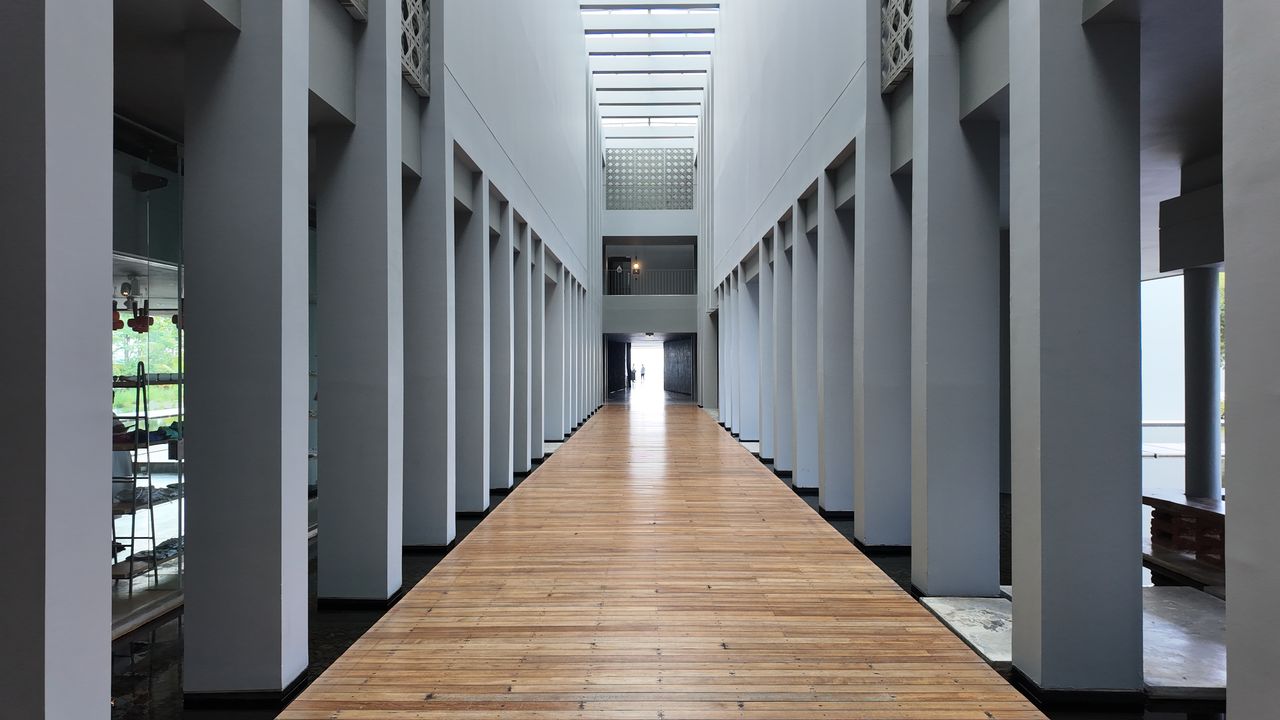
The lobby sets the tone. A high, whitewashed space with timber beams, turquoise accents, and oversized ceramic jars. The air is scented but subtle, not perfumed. The soundscape is mostly silence, broken only by birds outside and the occasional hush of the sea breeze.
This was my first COMO property as I’d never stayed with the brand before. A good friend had just returned from their Bali resorts and insisted I give COMO a try, promising it would be a worthwhile detour. Within minutes, I understood why.
Staff are COMO-trained: discreet, intuitive, and graceful, with that lightness of touch that makes service feel like choreography. You’re not ushered in with ceremony; you’re absorbed quietly into the rhythm of the place. Within five minutes, I felt as though I’d stepped out of Phuket entirely.
COMO Point Yamu is modern, understated luxury with a distinctive tone. Turquoise glass and ceramics break the calm of whites and greys, timber and handwoven textiles add warmth, while concrete walls stay cool and timeless in Phuket’s climate.
Every choice feels intentional, Paola Navone’s balance of art, function, and design creates a space that’s serene rather than showy. For me, this makes COMO one of the best boutique hotels in Phuket, and more my style compared to The Slate, which can feel a little overwhelming with so much competing for attention.
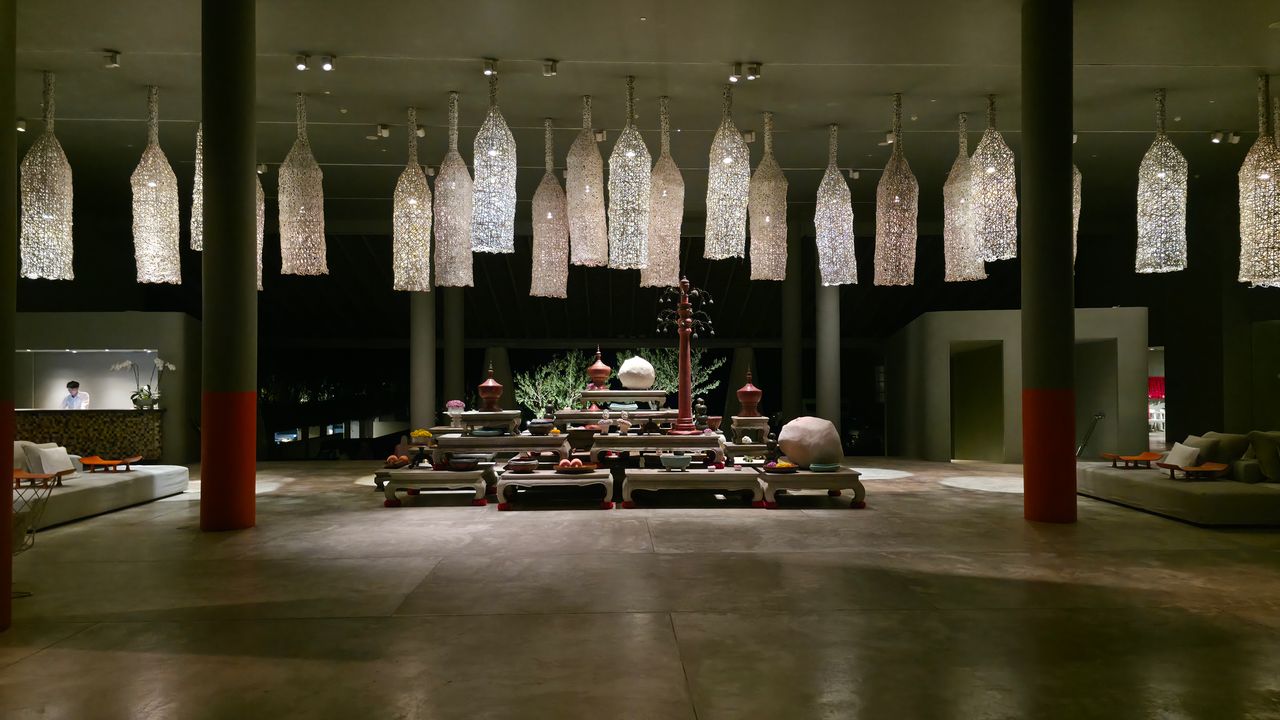
The public areas are vast, yet the property never feels cold or unwelcoming. This warmth comes from the thoughtful use of timber and concrete within a Thai theme, nurturing both indoor and outdoor spaces into a seamless, functional flow.
Geometric design, layered textures, and clean straight lines frame the property, while 360-degree sea views and natural light transform these expansive spaces into something uplifting rather than imposing. It feels like the perfect backdrop for a GQ or Vanity Fair photoshoot, stylish, dramatic, and effortlessly cinematic.
The Bay View King Room at COMO Point Yamu isn’t about size or extravagance. Compared to the sprawling villa I had at Anantara Mai Khao, this felt more compact, but it made up for it with design clarity and those floor-to-ceiling windows framing the Andaman Sea. At Anantara, the luxury was space and privacy; here, it was the view and the way the room let light and sea breeze in.
The approach to the room set the tone. The corridors felt almost surreal, minimalist and symmetrical, dungeon-like with ambient lighting. At times it was reminiscent of Squid Game or a scene from a horror film, stripped back yet intentional. Indistinct and uniform, but in their own way, perfectly designed.
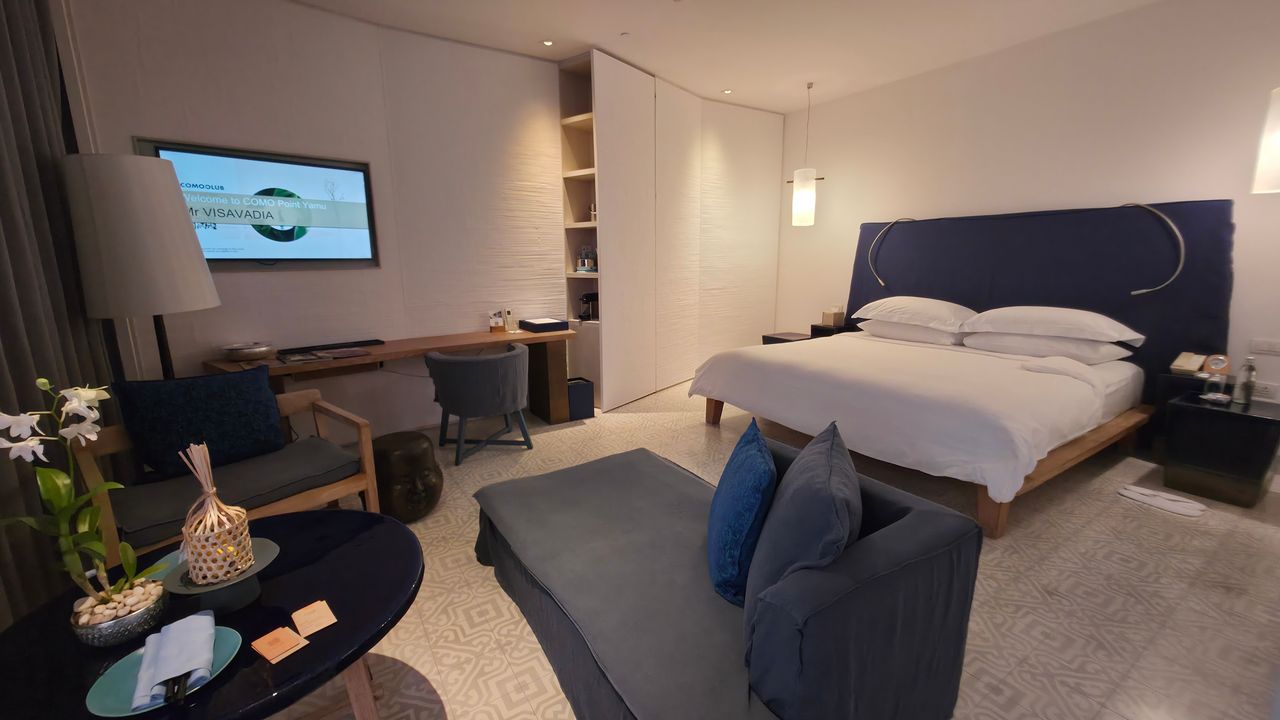
Inside, the bed was pure COMO, firm but forgiving, with linens that easily outclassed what I had at The Slate. Where The Slate leaned into theatrical maximalism, COMO’s design was pared-back: timber slats, clean lines, and a restrained white-and-blue palette. It reminded me more of Aman than Marriott, no gimmicks, just focus.
The bathroom was bold, cobalt-blue tiles wrapping every surface. Visually striking, but not as calming as the brushed concrete minimalism I’d enjoyed at other resorts. It’s the sort of thing that makes a statement, but whether you love it or not depends on your tolerance for strong design. Personally, I found it interesting but slightly overwhelming after the first day.

What I liked most was the restraint. Unlike The Slate, where every corner is a story, or Anantara, where the villas can feel almost too expansive, COMO gave me exactly what I needed: space to breathe, light to live in, and a view that was enough on its own. If Anantara was about indulgence and The Slate about creativity, COMO was about stillness, and that’s what made it memorable.
Dining at COMO is a reflection of the brand’s wellness ethos. It’s not about abundance; it’s about intention.
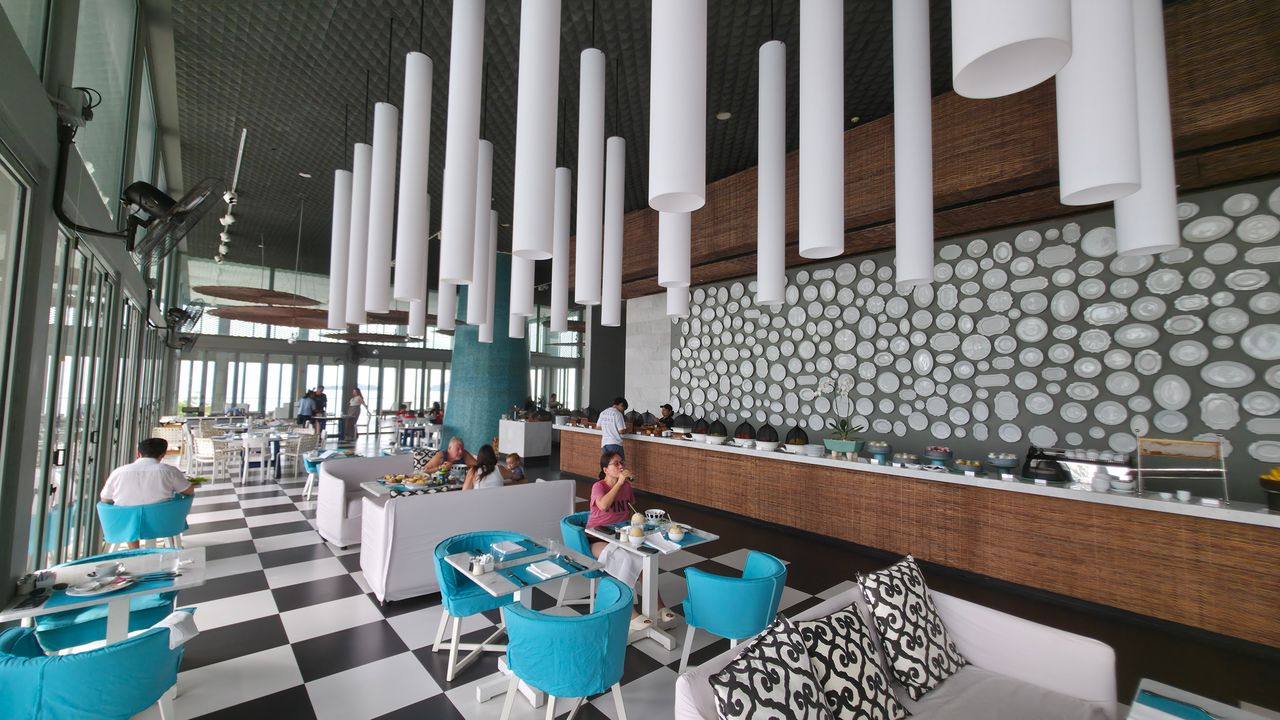
This is food as extension of design, nothing heavy, nothing overcomplicated. It matches the architecture: clear, calm, deliberate.
COMO Point Yamu isn’t just about the views, it’s about how you spend your days. At the heart of it all is the COMO Shambhala Retreat, offering world-class wellness through holistic therapies, yoga, Pilates, and signature treatments designed to restore balance. Their daily activity schedule keeps things interesting, with Thai boxing, guided meditation, bike tours through local villages, and even Thai cooking classes, perfect if, like me, you get restless and need variety.
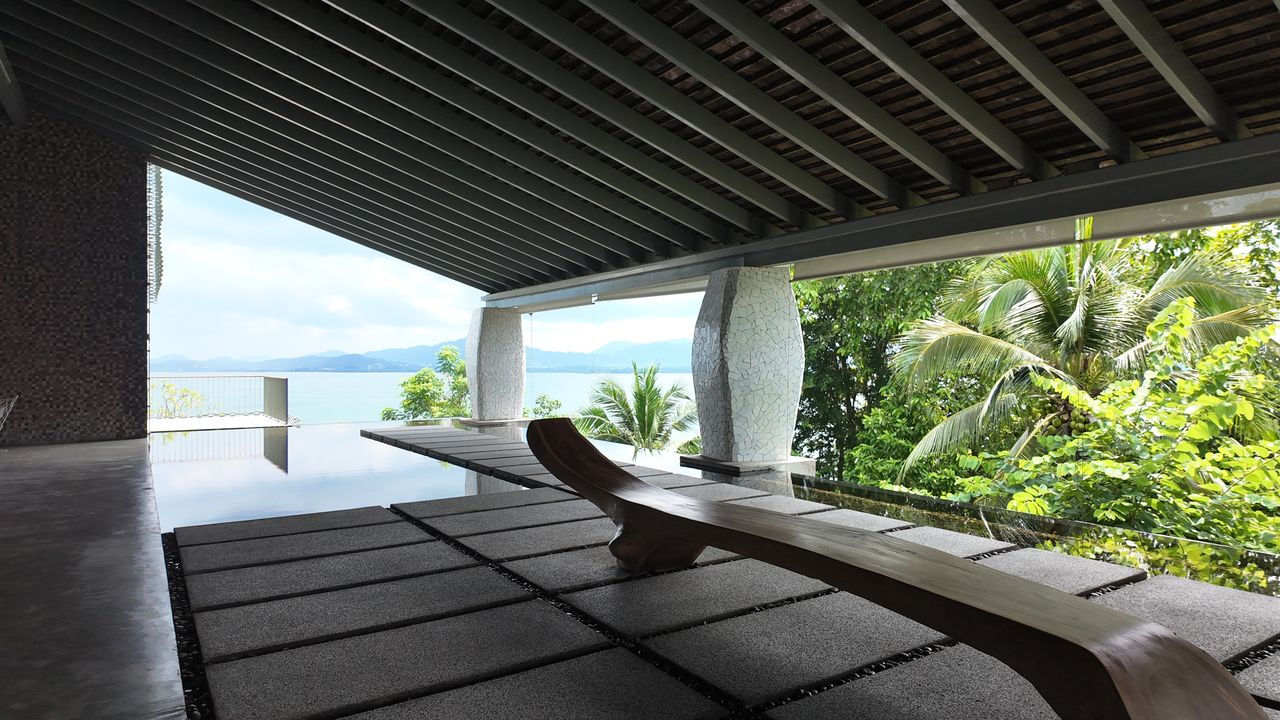
The showstopper has to be the 100-metre infinity pool overlooking Phang Nga Bay, one of the longest in Asia (and yes, it looks just as good after hours). Add water sports, cultural excursions, and wellness-focused dining, and the resort manages to strike that perfect balance between relaxation and adventure.
I also tried the Hyperbaric Oxygen Therapy, a treatment that came highly recommended, and honestly, it didn’t disappoint. I’ll admit, I felt a bit claustrophobic at first, but once the session started, it turned out to be surprisingly therapeutic. I’d never done anything like this before, but “hey, when in Rome”. Every property I visit, I like to try something new, and this was exactly what I needed: relaxing, restorative, and a little mind-opening.
The spa facilities themselves are on another level. This wasn’t your typical Thai spa it felt almost clinical, but in the best way. Precision, focus, and highly educated therapists created an atmosphere that blended sports science with wellness luxury. And when you combine that with some of the best views in Phuket, you get the essence of Shambhala Retreat: a place where science, serenity, and scenery meet.
COMO Point Yamu’s biggest strength, its sense of calm and detachment, can also be a limitation. The east coast location means you’re removed from Phuket’s more vibrant nightlife and beach scene, so if you’re after bars and bustle, you’ll need a 40-minute drive to Patong or Kata. Families with young kids may also find the atmosphere a little too subdued compared to bigger, activity-packed resorts. Finally, while transfers are easy, taxis and private cars to and from the airport or west coast can add up over a longer stay. None of this takes away from the experience, but it’s worth knowing before you book. Overall, there’s very little to fault with this property, it’s as close to the perfect stay as you can get.
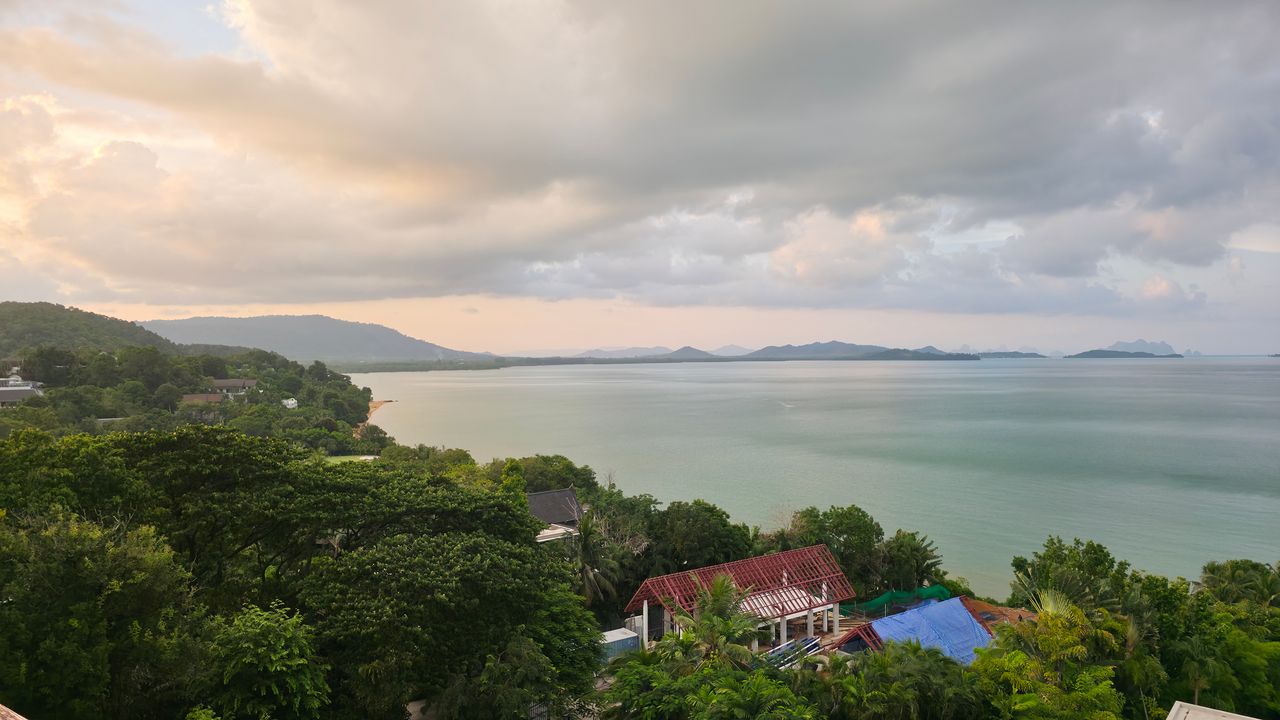
COMO Point Yamu isn’t the kind of hotel that overwhelms you with spectacle, it doesn’t need to. Instead, it quietly recalibrates your senses. Where The Slate throws colour, history, and storytelling at you, COMO strips it back until all that’s left is light, air, and water. That contrast is what makes it memorable.
I came here after 10 days in Phuket City, wanting to slow down, relax, and embrace the trip before diving into the hustle of Kuala Lumpur, Singapore and Hong Kong, where back-to-back meetings awaited. COMO gave me exactly that: space to breathe and a rare kind of stillness.
At around AED 750 a night (AED 1,000–1,200 in peak season), it feels like strong value for what you’re really buying: serenity designed by one of Italy’s great contemporary designers, delivered with the understated elegance COMO has made its signature.
Sometimes the greatest luxury isn’t abundance, its restraint, and COMO Point Yamu proves exactly that. I came here alone, as I often do on my trips, and at times it felt almost too quiet. But maybe that’s what I needed before heading back into the buzz. My reviews are always unbiased and just my opinions, I’m not sponsored. Would I come back? 100%. Overall, it was a fantastic experience and I’m glad I had.
Next stop: Imperial Lexis Kuala Lumpur with views of the Petronas Towers, then wrapping up at ParkRoyal Pickering and Marina Bay Sands in Singapore… before heading on to Hong Kong!